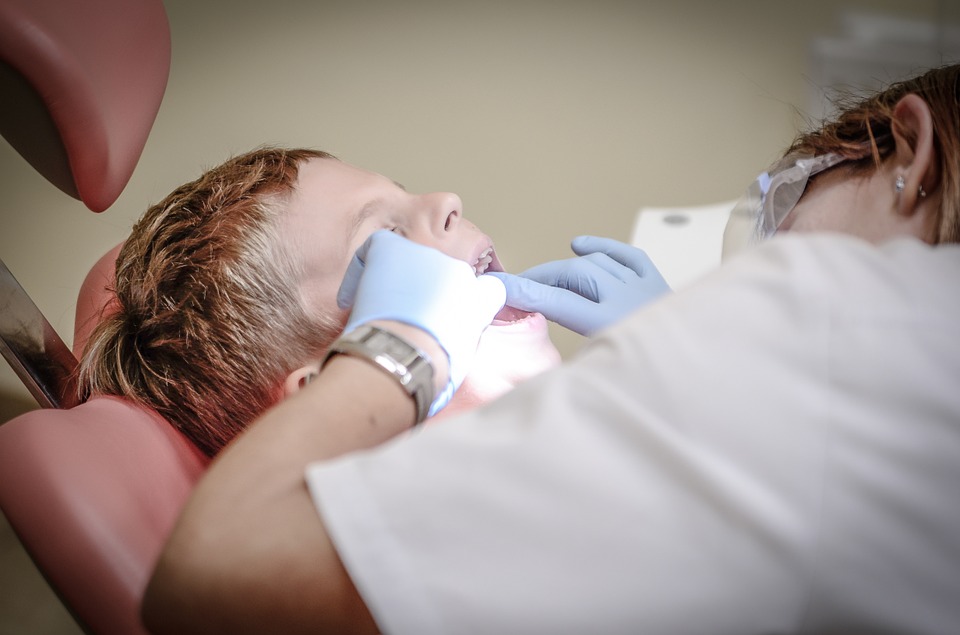
Finding a good dentist can be a big challenge. In addition to concerns about cost, you want to select a dentist who is sensitive to your apprehensions about procedures that may involve pain. Dentists like Oliver Griffel of Neilson Dental Centre, has put these issues at the top of his efforts in appealing to clients and works at assuring them that they will be met with fair pricing and handled with the utmost care.
Dentists perform dozens of procedures on patients all related to tooth maintenance and tooth repair. Out of these procedures, there are several dentists find themselves performing more often.
Root Canals
Root canals, also known as endodontic treatment, is the process of removing infected, injured or dead pulp from your tooth. The space inside the hard layers of each tooth is called the root canal system. This system is filled with soft dental pulp made up of nerves and blood vessels that help your tooth grow and develop. It can be infected due to cracked teeth, injury to the tooth, or the deep cavity. When the pulp is infected, the tooth is at a high risk of decaying. Root canals, therefore, save teeth from complete decay. If left untreated, the pulp may eventually die and form an abscess which can destroy the jawbone.
Extractions
Your dentist will usually try every other option before extracting a tooth. A tooth extraction is the removal of a tooth from the dental socket in the alveolar bone. There are several reasons why your dentist might need to extract a tooth. The most common is if you have a severely infected tooth that cannot be treated with a root canal or antibiotics and needs to be extracted to stop the spread of infection. Finally, if your tooth is loosened due to gum disease, it may have to be extracted.
Dental Crowns
Getting hit in the mouth, grinding your teeth, an improper bite, age, root canals, lost fillings and tooth decay can all contribute to teeth wearing down, cracking or breaking. Dental crowns cover the entire visible surface of your affected tooth and add strength, durability and tooth stability. Crowns are made of natural looking porcelain and are made to blend in with your own teeth. Crowns are also used to improve the appearance of natural teeth that are malformed, mal-positioned or discolored.
Bridges and Implant and Dentures
When indicated, missing teeth should usually be replaced to help regain your ability to chew, prevent other teeth from shifting, and restore your smile. Bridges, implants and dentures are used to replace a missing tooth or teeth.
Dental Implant: A dental implant is made by surgically inserting one or more small metal posts beneath the gum into the jawbone. In a few months, when the implants are fused to the surrounding bone, the artificial tooth or teeth are then attached and the missing tooth or teeth are restored.
Fixed Bridge: A fixed bridge replaces one or more missing teeth. It is called a “bridge” because it covers a gap, and the bridge is supported by teeth or implants on one or both sides of that gap. The supporting teeth or implants are sometimes called abutments. In this procedure, each abutment is prepared to receive full crowns or caps. When completed, the bridge is cemented into position over the supporting abutments.
Removable Denture: A removable denture is a single appliance that replaces several lost teeth. The denture is held in place by clasping some of the remaining teeth – or by suction where none of the natural teeth are left.
Leave a Reply
You must be logged in to post a comment.